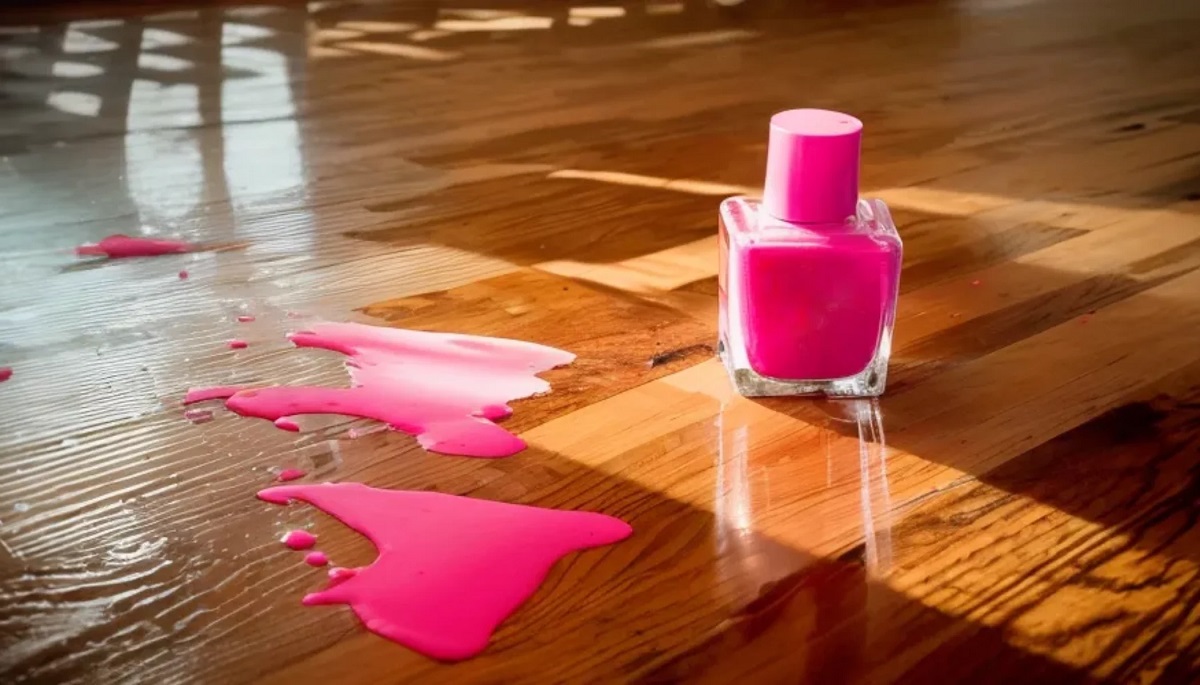

Articles
How To Get Nail Polish Off Floor
Modified: August 31, 2024
Learn effective techniques to remove nail polish stains from your floor with our informative articles. Say goodbye to unsightly stains and keep your floors squeaky clean.
(Many of the links in this article redirect to a specific reviewed product. Your purchase of these products through affiliate links helps to generate commission for Storables.com, at no extra cost. Learn more)
Introduction
Accidents happen, and one of the most frustrating mishaps around the house involves spilled nail polish. Whether you were giving yourself a manicure or accidentally knocked over a bottle, the result is usually a colorful mess on your floor. Cleaning up nail polish can be a daunting task, but fear not! With the right materials and methods, you can easily remove nail polish from your floor and restore its original shine.
In this article, we will explore various methods and techniques to help you get nail polish off your floor. We’ll discuss the materials you’ll need and guide you through step-by-step instructions. From common household items like alcohol and vinegar to specialized products like acetone and nail polish remover, we’ve got you covered.
So, roll up your sleeves and let’s dive into the different ways you can effectively remove nail polish from your floor. Say goodbye to those stubborn stains and hello to a clean and polished surface!
Key Takeaways:
- Easily remove nail polish stains from your floor using common household items like alcohol, vinegar, and baking soda. Say goodbye to stubborn stains and hello to a clean, polished surface!
- With the right materials and methods, you can confidently tackle nail polish spills on your floor. From acetone to toothpaste, each method offers its own advantages for restoring your floor’s pristine appearance.
Read more: How To Get Nail Polish Off A Blanket
Materials Needed
Before you begin the process of removing nail polish from your floor, it’s important to gather the necessary materials. Having these items at hand will make the cleanup process easier and more efficient. Here’s a list of the materials you’ll need:
- Alcohol – Isopropyl alcohol or rubbing alcohol.
- Acetone – Pure acetone or nail polish remover containing acetone.
- Nail Polish Remover – Non-acetone nail polish remover can also be used.
- Hairspray – Preferably one that contains alcohol.
- Vinegar – White vinegar works best.
- Baking Soda – A common household ingredient.
- Toothpaste – A non-gel toothpaste.
- WD-40 – Lubricant and cleaner.
- Clean Cloth or Sponge – For applying the cleaning solution.
- Protective gloves – To protect your hands during the process.
Having these materials readily available will ensure that you can start the removal process promptly, saving you time and effort.
Note: When using strong chemical substances such as acetone or nail polish remover, make sure to work in a well-ventilated area and avoid direct contact with your skin. Use gloves to protect your hands and open windows or turn on fans to allow for proper ventilation.
Method 1: Using Alcohol
If you don’t have acetone or nail polish remover on hand, alcohol can be a great alternative for removing nail polish from your floor. Follow these steps to effectively clean up the spilled polish:
- First, dampen a clean cloth or sponge with some alcohol. Make sure it’s not dripping wet, as excessive moisture on the floor can cause damage.
- Gently blot the nail polish stain using the alcohol-soaked cloth or sponge. Avoid rubbing too vigorously, as this may spread the polish further.
- If the stain is particularly stubborn, you can try gently scraping it off with a plastic scraper or an old credit card. Be careful not to scratch or damage the floor’s surface.
- Continue blotting and scraping until the nail polish is completely removed.
- Once the polish is gone, wipe the area with a clean, damp cloth to remove any residue.
- Dry the floor thoroughly with a towel or allow it to air dry.
Using alcohol to remove nail polish is effective for most types of flooring. However, it’s always a good idea to test the alcohol on a small, inconspicuous area of the floor first to ensure it doesn’t cause any discoloration or damage.
Remember to work in a well-ventilated area when using alcohol and avoid direct contact with your skin. If you’re sensitive to the smell of alcohol, consider wearing a mask or using a fan to help dissipate the fumes.
Now that you know how to use alcohol to remove nail polish from your floor, you can tackle those stubborn stains with confidence. Let’s move on to the next method!
Method 2: Using Acetone
If nail polish has spilled on your floor, one of the most effective solutions is to use acetone. Acetone is a powerful solvent that quickly dissolves nail polish, making it easier to remove from hard surfaces. Follow these steps to effectively clean up the spilled nail polish using acetone:
- Put on protective gloves to protect your hands during the cleaning process.
- Dampen a clean cloth or sponge with pure acetone or a nail polish remover containing acetone.
- Gently blot the nail polish stain with the acetone-soaked cloth or sponge. Be careful not to spread the polish further.
- If the stain is stubborn, you can use a plastic scraper or an old credit card to gently scrape away the nail polish. Ensure that you don’t scratch the floor’s surface.
- Continue blotting and scraping until the nail polish is completely removed.
- Once the polish is gone, wipe the area with a clean, damp cloth to remove any residue.
- Dry the floor thoroughly with a towel or allow it to air dry.
Acetone is particularly effective for removing nail polish from tile, laminate, or linoleum floors. However, it’s important to note that acetone can cause damage to certain types of flooring, such as hardwood or vinyl. Before using acetone, test it on a small, inconspicuous area of the floor to ensure it doesn’t cause any discoloration or damage.
Remember to work in a well-ventilated area when using acetone and avoid direct contact with your skin. The fumes can be strong, so consider opening windows or using fans to ensure proper ventilation.
Acetone is a powerful tool in your arsenal to remove nail polish from your floor. With proper precautions, you can effectively clean up those pesky polish spills and restore your floor’s beauty. Let’s move on to the next method!
Method 3: Using Nail Polish Remover
If you have a bottle of nail polish remover on hand, you’re in luck! Nail polish remover contains acetone or non-acetone solvents that can effectively dissolve and remove nail polish stains from your floor. Follow these steps to use nail polish remover for cleaning up the spilled nail polish:
- Put on protective gloves to safeguard your hands during the cleaning process.
- Dampen a clean cloth or sponge with the nail polish remover. Ensure the cloth or sponge is not soaked but rather slightly damp.
- Gently blot the nail polish stain with the nail polish remover-soaked cloth or sponge, taking care not to spread the polish further.
- If the stain persists, use a plastic scraper or an old credit card to scrape away the nail polish gently.
- Continue blotting and scraping until the nail polish is completely removed.
- Wipe the area with a clean, damp cloth to remove any residue left behind by the nail polish remover.
- Dry the floor thoroughly with a towel or let it air dry.
Nail polish remover is generally safe to use on most hard surfaces, including tile, laminate, and linoleum. As with other methods, it is essential to test the nail polish remover on a small, hidden area of the floor to ensure it doesn’t cause any damage or discoloration.
It’s crucial to work in a well-ventilated area and avoid direct contact with your skin when using nail polish remover. Additionally, remember to dispose of any used cotton balls or cloth appropriately, as they may still contain nail polish residue.
With nail polish remover in your cleaning arsenal, you can confidently tackle those pesky polish stains on your floor. Let’s move on to the next method!
Read more: How To Get Furniture Polish Off The Floor
Method 4: Using Hairspray
Believe it or not, hairspray can come to the rescue when it comes to removing nail polish stains from your floor. Hairspray contains alcohol, which acts as a solvent and can help break down and remove the nail polish. Follow these steps to effectively clean up the spilled polish using hairspray:
- Grab a can of hairspray that contains alcohol. Avoid using hairsprays that are labeled as alcohol-free, as they won’t be as effective for stain removal.
- Hold the can of hairspray a few inches away from the nail polish stain.
- Spray a generous amount of hairspray directly onto the stain, ensuring it gets saturated.
- Allow the hairspray to sit on the stain for a few minutes. This will give it time to break down the polish.
- Gently blot the stain using a clean cloth or sponge. You should start to see the nail polish transferring onto the cloth.
- If needed, you can use a plastic scraper or an old credit card to scrape away any remaining polish.
- Continue blotting and scraping until the nail polish is fully removed.
- Once the stain is gone, wipe the area with a clean, damp cloth to remove any residue left behind by the hairspray.
- Dry the floor thoroughly with a towel or allow it to air dry.
Hairspray is a handy alternative when you don’t have traditional cleaning agents like acetone or nail polish remover at hand. However, it’s important to note that not all hairsprays contain alcohol, so be sure to check the ingredients list before using it for stain removal.
As with any cleaning method, it’s a good idea to test the hairspray on a small, inconspicuous area of the floor to ensure it doesn’t cause any damage or discoloration.
Now, armed with some hairspray, you can effectively tackle nail polish stains on your floor with ease. Let’s move on to the next method!
Use a cotton ball soaked in nail polish remover to gently dab and lift the nail polish off the floor. Be careful not to spread the polish further.
Method 5: Using Vinegar
Vinegar, a common household ingredient, is not only useful for cooking and cleaning, but it can also help remove nail polish stains from your floor. Vinegar’s acidic properties work to break down the polish and make it easier to remove. Follow these steps to effectively clean up the spilled nail polish using vinegar:
- Grab a bottle of white vinegar from your pantry.
- Pour a small amount of undiluted white vinegar directly onto the nail polish stain.
- Allow the vinegar to sit on the stain for a few minutes. This will help loosen the polish.
- Gently scrub the stain using a clean cloth or sponge. You should start to see the nail polish lifting off the floor.
- If needed, you can use a plastic scraper or an old credit card to scrape away any remaining polish.
- Continue scrubbing and scraping until the nail polish is fully removed.
- Once the stain is gone, wipe the area with a clean, damp cloth to remove any residue left behind by the vinegar.
- Dry the floor thoroughly with a towel or let it air dry.
Vinegar is safe to use on most types of flooring, including tile, laminate, and linoleum. However, it’s always a good idea to test the vinegar on a small, inconspicuous area of the floor to ensure it doesn’t cause any discoloration or damage.
Aside from its effectiveness in removing nail polish stains, vinegar also has a natural deodorizing effect, leaving your floor smelling fresh and clean.
With vinegar as your secret weapon, you can easily bid farewell to those unsightly nail polish stains on your floor. Let’s move on to the next method!
Method 6: Using Baking Soda
Baking soda, a versatile and natural cleaning agent, can also be used to remove nail polish stains from your floor. Its abrasive nature helps to lift the polish gently without causing damage to the surface. Follow these steps to effectively clean up the spilled nail polish using baking soda:
- Begin by blotting up any excess nail polish using a clean cloth or paper towel.
- Make a paste by mixing baking soda with a small amount of water. The consistency should be thick enough to spread easily but not too runny.
- Using a clean cloth or sponge, apply the baking soda paste directly onto the nail polish stain.
- Gently scrub the stain in circular motions, working the baking soda paste into the polish.
- If needed, use a plastic scraper or an old credit card to scrape away any remaining polish.
- Continue scrubbing and scraping until the nail polish stain is fully removed.
- Once the stain is gone, rinse the area with clean water to remove any residue left behind by the baking soda.
- Dry the floor thoroughly with a towel or allow it to air dry.
Baking soda is safe to use on most types of flooring, as it is non-abrasive and gentle. However, as a precaution, it’s always a good idea to test the baking soda paste on a small, inconspicuous area of the floor to ensure it doesn’t cause any damage or discoloration.
In addition to removing the nail polish stain, baking soda also helps to eliminate odors, leaving your floor fresh and clean.
With baking soda as your cleaning ally, you can easily restore your floor to its former glory and say goodbye to those stubborn nail polish stains. Let’s move on to the next method!
Method 7: Using Toothpaste
Believe it or not, toothpaste can serve as a handy tool for removing nail polish stains from your floor. The mild abrasiveness of toothpaste helps to lift the polish while being gentle enough not to damage the surface. Follow these steps to effectively clean up the spilled nail polish using toothpaste:
- Choose a non-gel toothpaste, preferably a white one, as colored toothpaste may leave behind stains.
- Begin by blotting up any excess nail polish using a clean cloth or paper towel.
- Apply a small amount of toothpaste directly onto the nail polish stain.
- Using a clean cloth or sponge, gently scrub the stain in circular motions, working the toothpaste into the polish.
- If needed, use a plastic scraper or an old credit card to scrape away any remaining polish.
- Continue scrubbing and scraping until the nail polish stain is fully removed.
- Rinse the area with clean water to remove any residue left behind by the toothpaste.
- Dry the floor thoroughly with a towel or allow it to air dry.
Toothpaste is generally safe to use on most types of flooring, but it’s always a good idea to test it on a small, inconspicuous area first to ensure it doesn’t cause any damage or discoloration.
Aside from its stain-removing properties, toothpaste also leaves your floor with a fresh and minty scent.
With toothpaste as your secret weapon, you can easily tackle those nail polish stains on your floor and restore its pristine appearance. Let’s move on to the final method!
Read more: How To Organize A Nail Polish
Method 8: Using WD-40
WD-40, a popular multi-purpose lubricant and cleaner, can also be used to effectively remove nail polish stains from your floor. Its powerful formula helps to break down the polish and make it easier to wipe away. Follow these steps to clean up the spilled nail polish using WD-40:
- Ensure proper ventilation by opening windows or doors, as WD-40 has a strong odor.
- Hold the WD-40 can a few inches away from the nail polish stain.
- Spray a small amount of WD-40 directly onto the stain, enough to cover the affected area.
- Allow the WD-40 to sit on the stain for a few minutes. This will help dissolve the nail polish.
- Gently wipe the stain using a clean cloth, sponge, or paper towel. The nail polish should start to lift off the floor.
- If needed, use a plastic scraper or an old credit card to scrape away any stubborn residue.
- Continue wiping and scraping until the nail polish is completely removed.
- Once the stain is gone, clean the area with mild soap and water to remove any remaining WD-40 residue.
- Dry the floor thoroughly with a towel or allow it to air dry.
WD-40 is generally safe to use on most types of flooring, including tile, vinyl, and laminate. However, as a precaution, it’s recommended to test it on a small, inconspicuous area of the floor to ensure it doesn’t cause any damage or discoloration.
Remember to use WD-40 in a well-ventilated area and avoid direct contact with your skin or eyes. It’s also important to keep it away from open flames or sources of ignition.
With WD-40 in your cleaning arsenal, you can easily tackle nail polish stains and restore the beauty of your floor. Congratulations on successfully completing all the methods!
Conclusion
Cleaning up nail polish stains from your floor can be a daunting task, but with the right materials and methods, it can be easily accomplished. From using alcohol and acetone to vinegar and toothpaste, there are multiple methods you can employ to remove stubborn nail polish stains and restore your floor’s pristine appearance.
When dealing with nail polish spills, it’s important to act quickly and blot up any excess polish to prevent it from spreading further. Then, depending on the materials you have available, you can choose from various methods to effectively remove the stain.
Remember to test any cleaning agent or method on a small, inconspicuous area of the floor first to ensure it doesn’t cause any damage or discoloration. Additionally, take precautions such as working in a well-ventilated area, wearing protective gloves, and avoiding direct contact with your skin.
By following the step-by-step instructions provided in this article, you can say goodbye to those pesky nail polish stains and enjoy a clean and polished floor once again.
Whether you opt for alcohol, acetone, nail polish remover, hairspray, vinegar, baking soda, toothpaste, or WD-40, each method offers its own advantages and can be used on different types of flooring.
So, the next time you find yourself faced with a nail polish mishap, feel confident in your ability to tackle it and restore your floor to its former glory. No more worrying about those accidental spills!
Remember, accidents happen, but with the right knowledge and tools at your disposal, you can effortlessly remove nail polish stains and maintain the beauty of your floors. Happy cleaning!
Frequently Asked Questions about How To Get Nail Polish Off Floor
Was this page helpful?
At Storables.com, we guarantee accurate and reliable information. Our content, validated by Expert Board Contributors, is crafted following stringent Editorial Policies. We're committed to providing you with well-researched, expert-backed insights for all your informational needs.
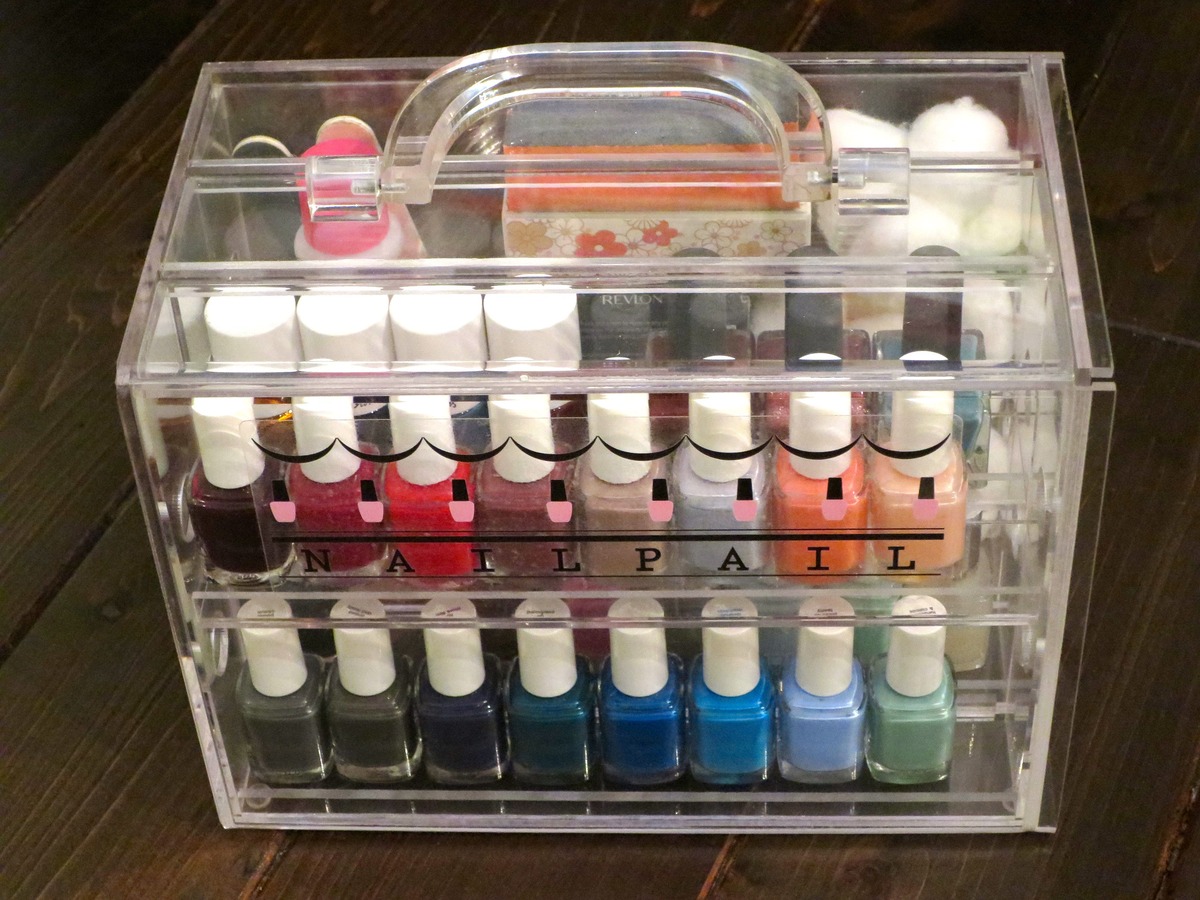
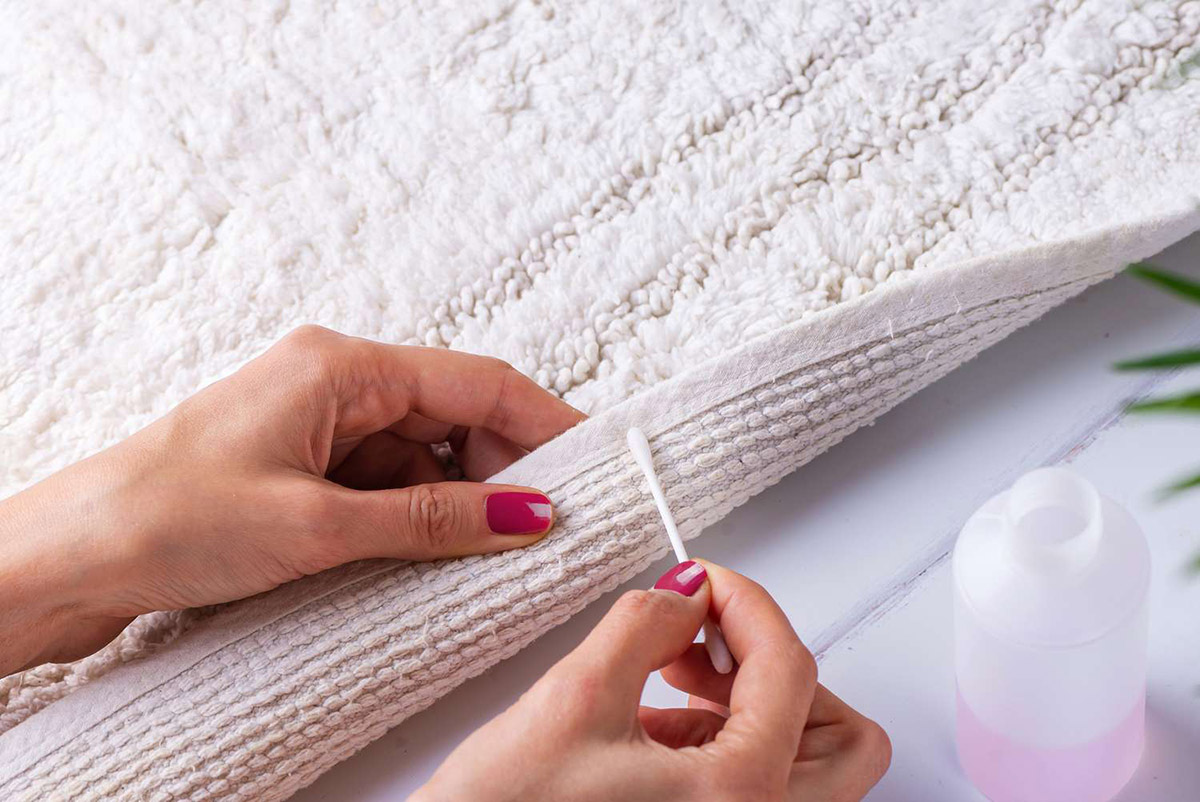
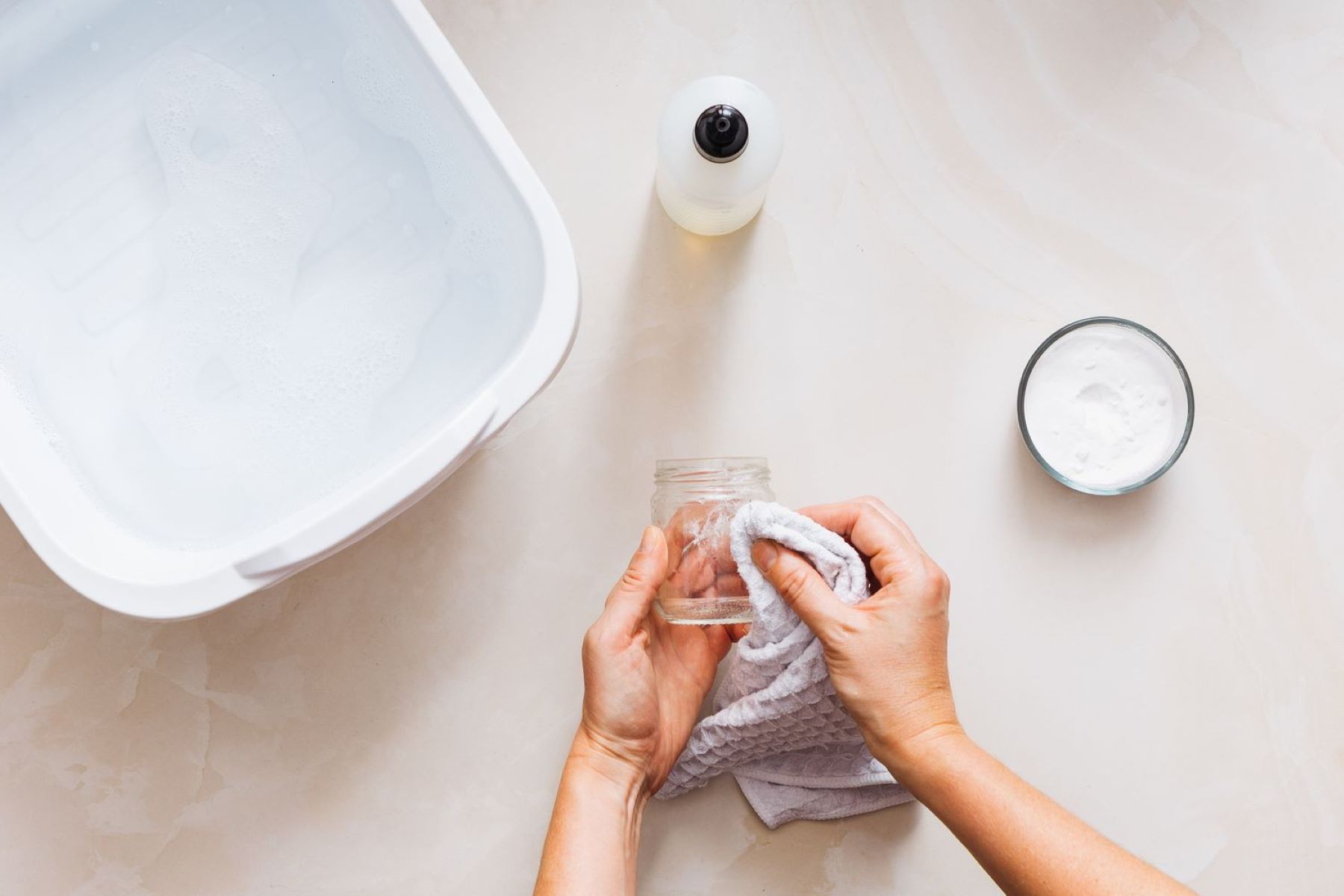
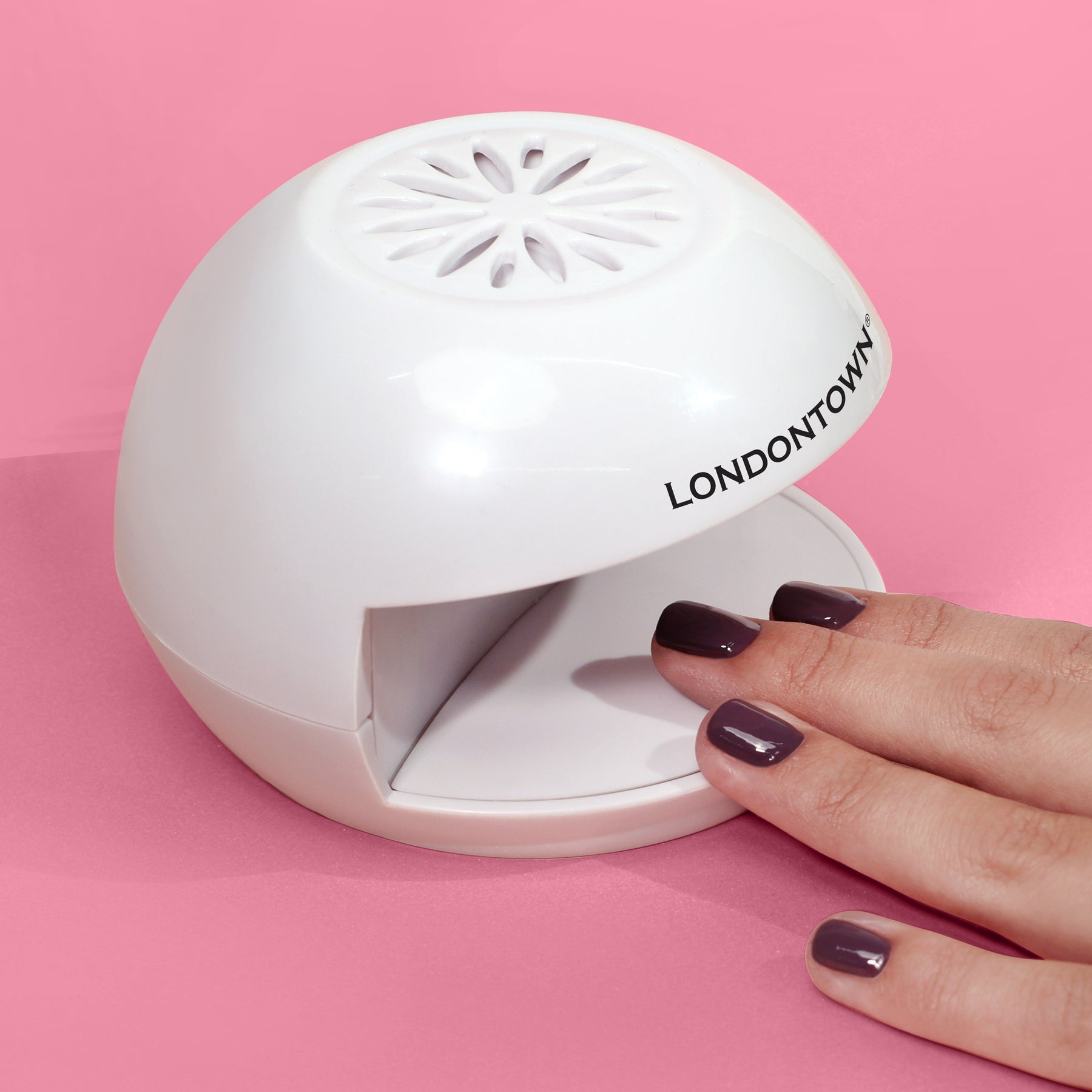
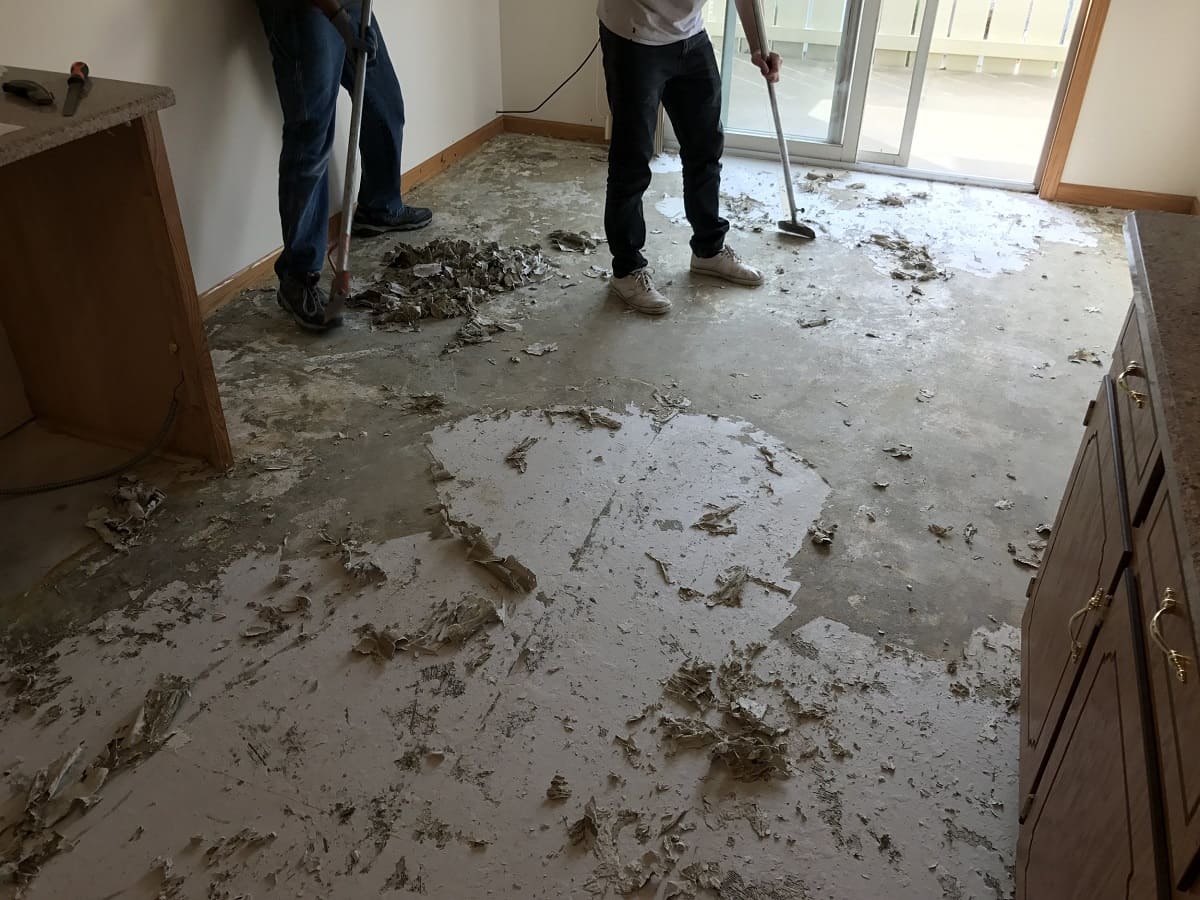
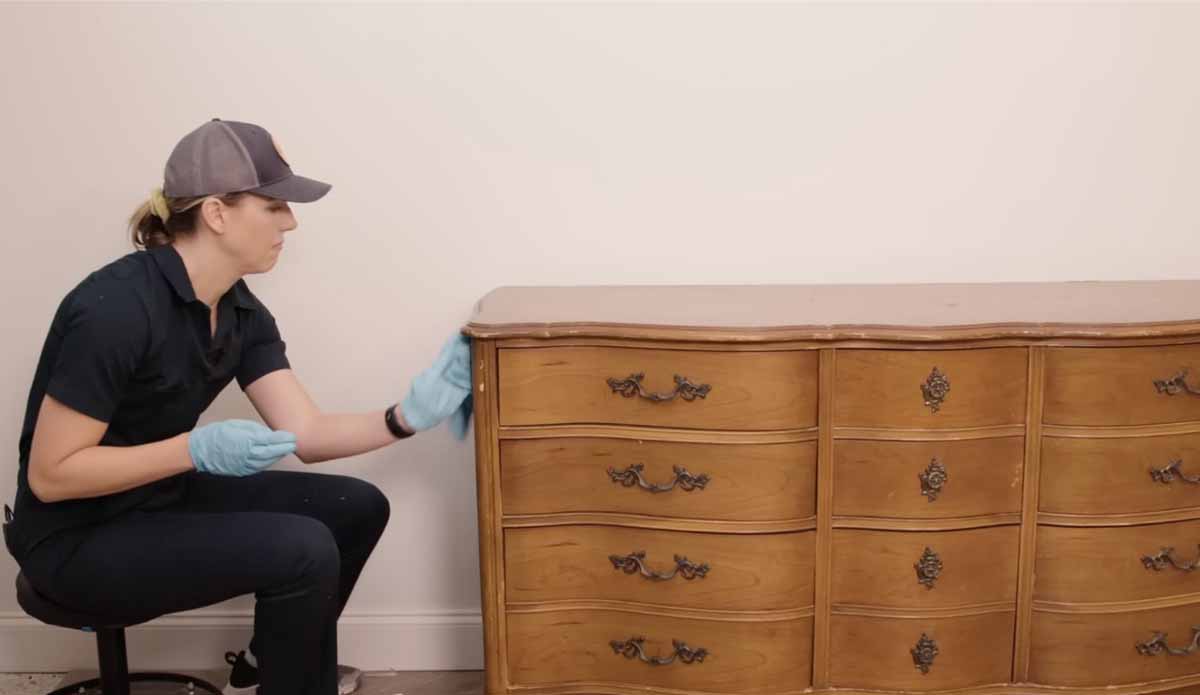
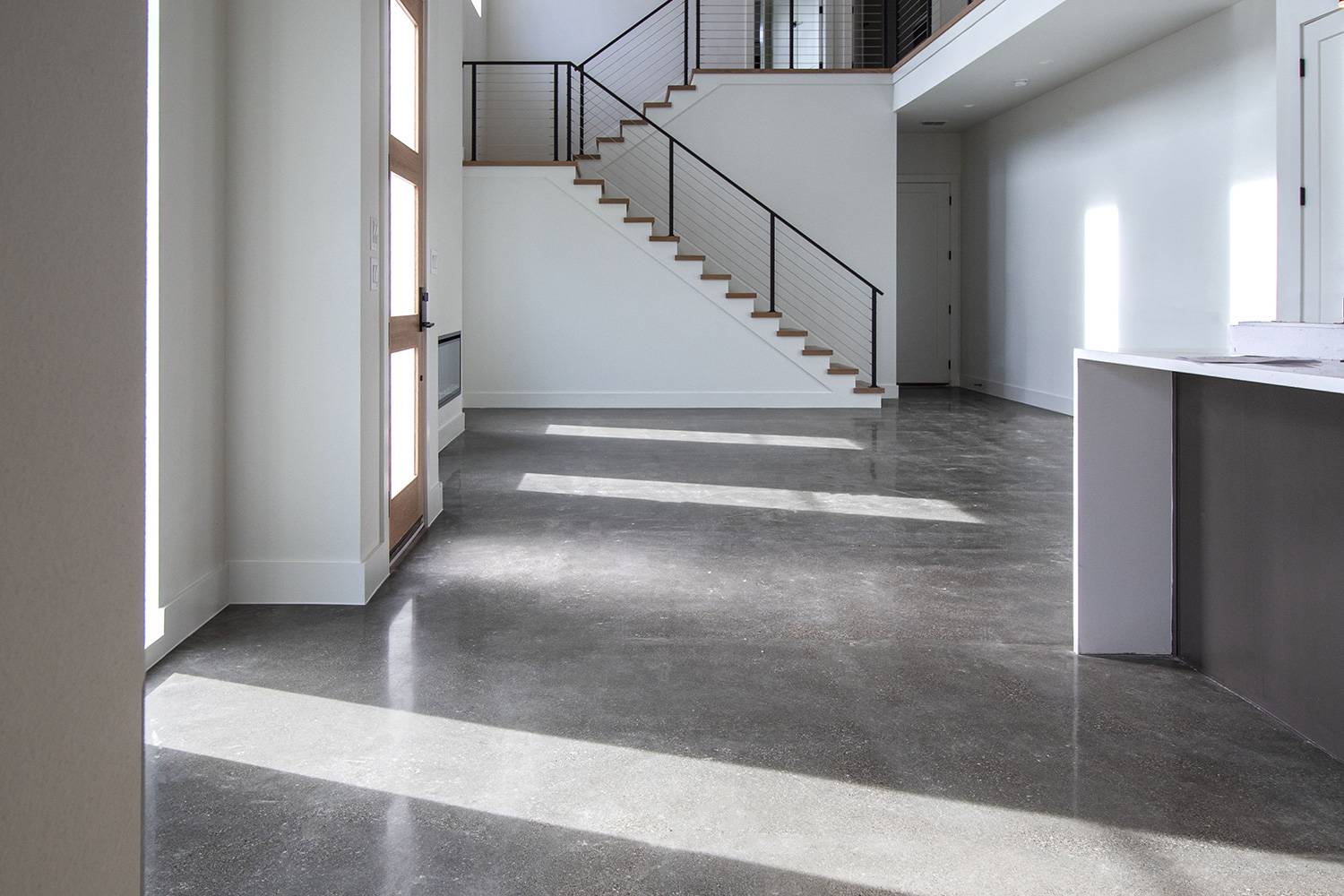
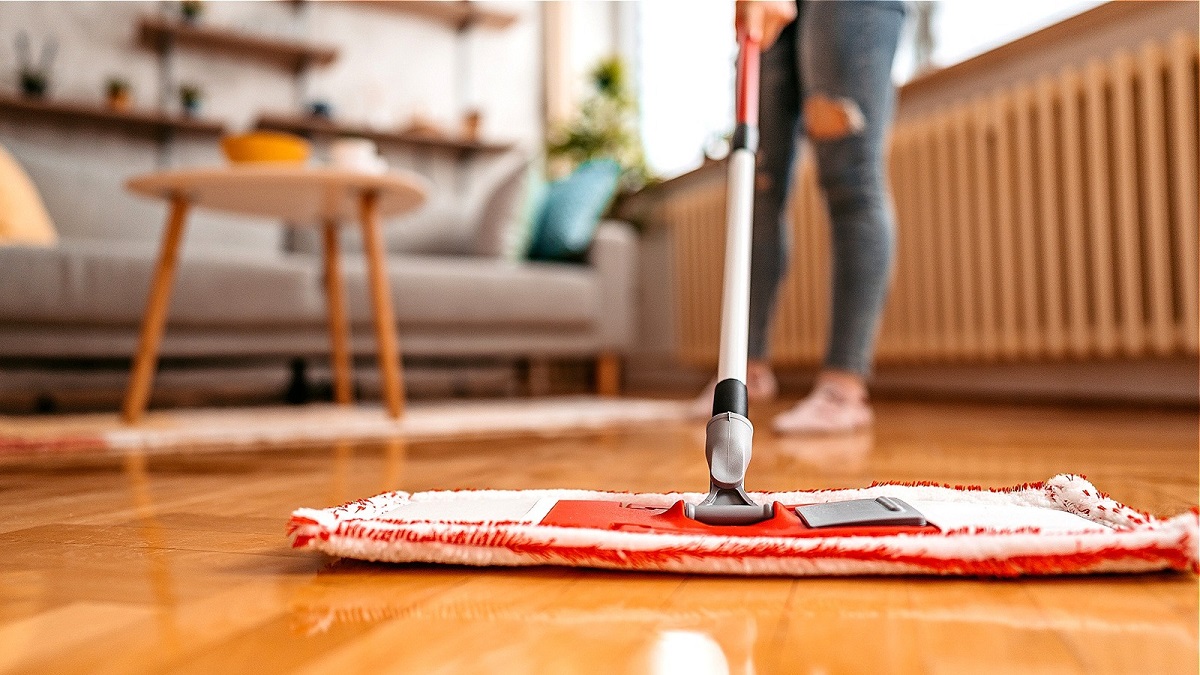
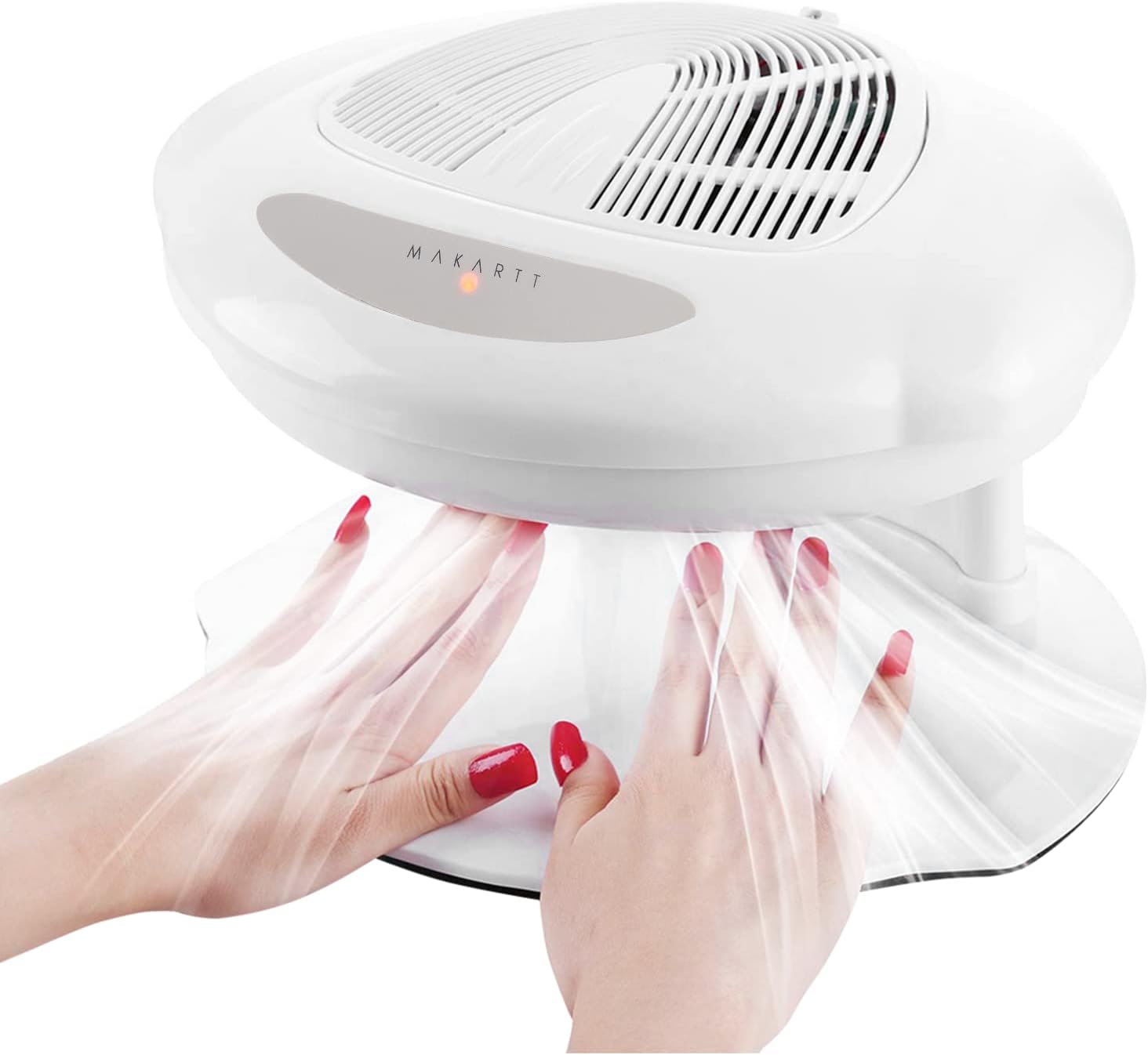
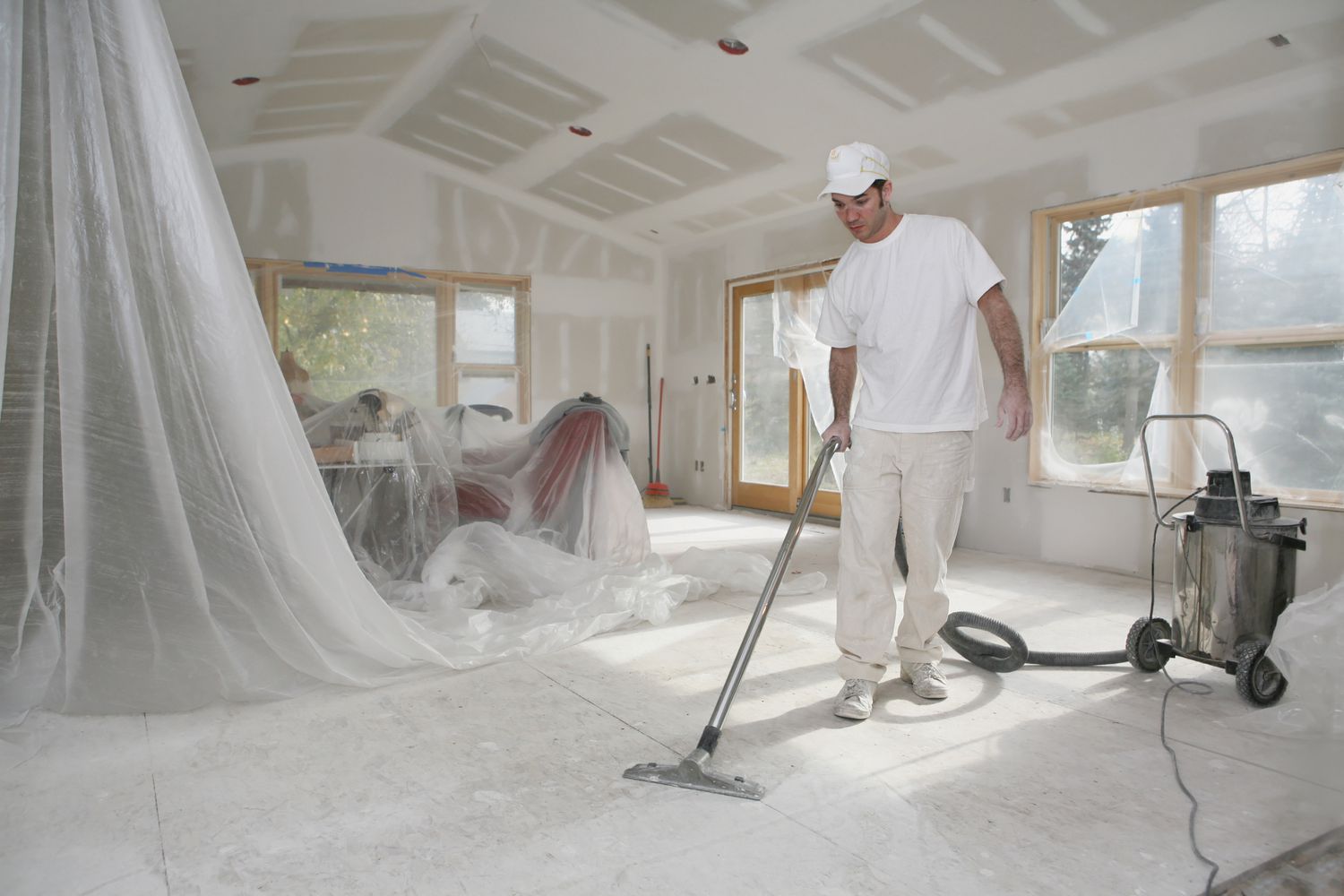
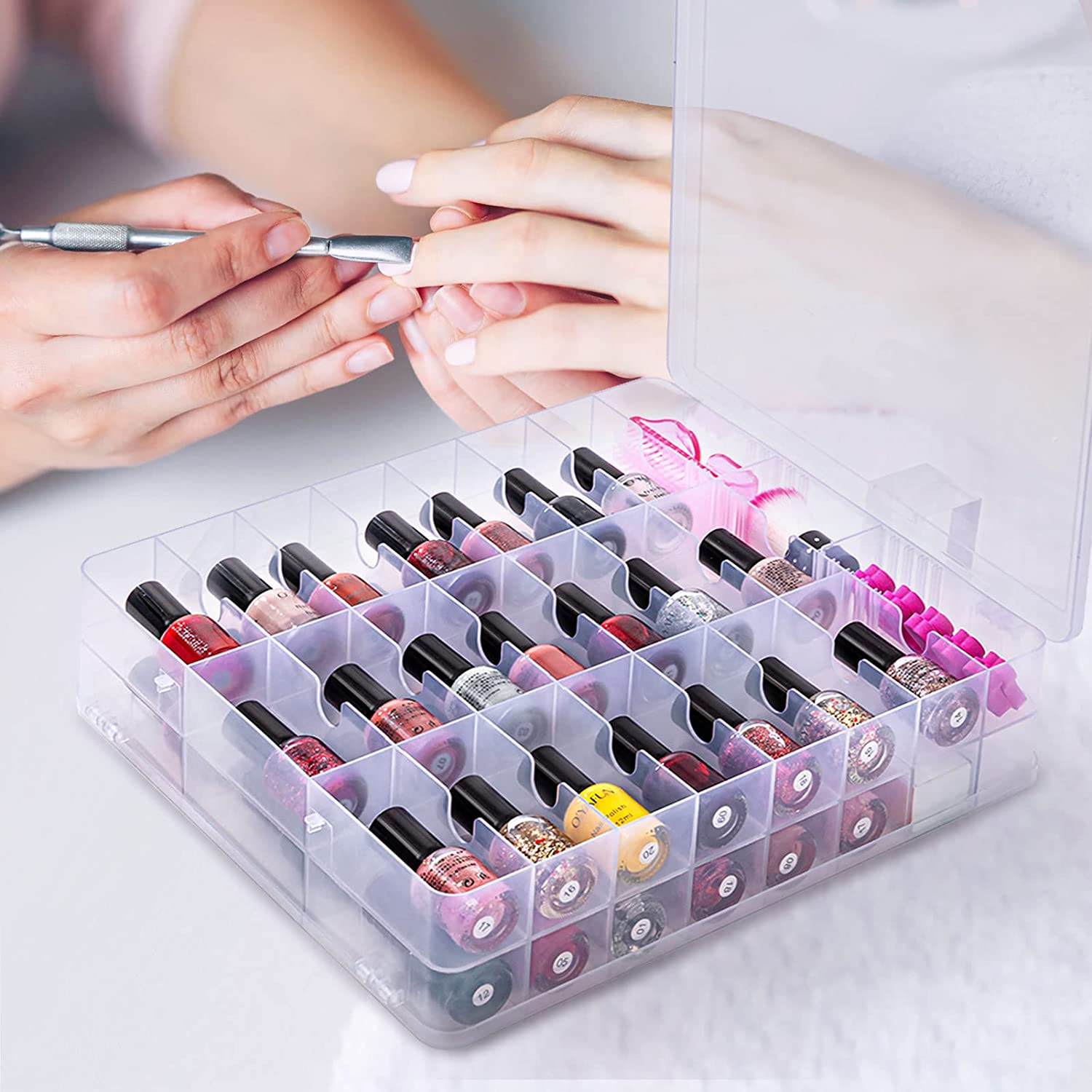
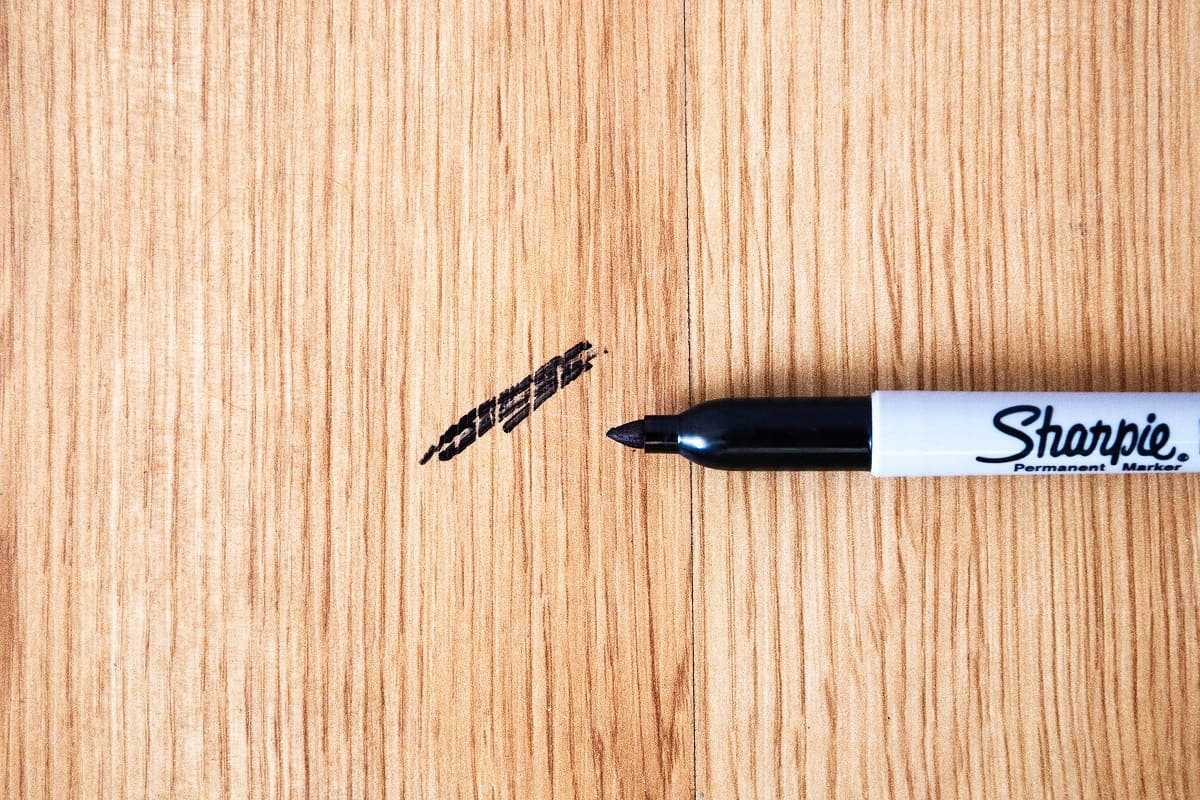
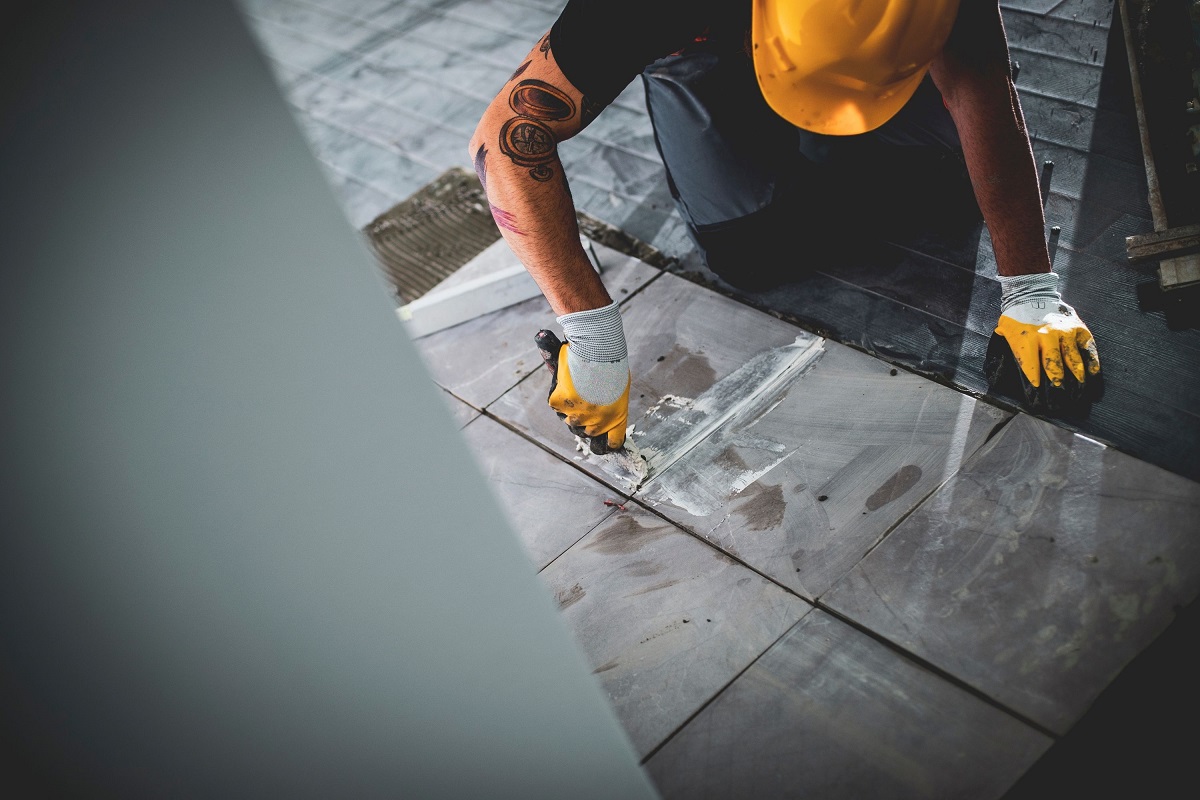

0 thoughts on “How To Get Nail Polish Off Floor”